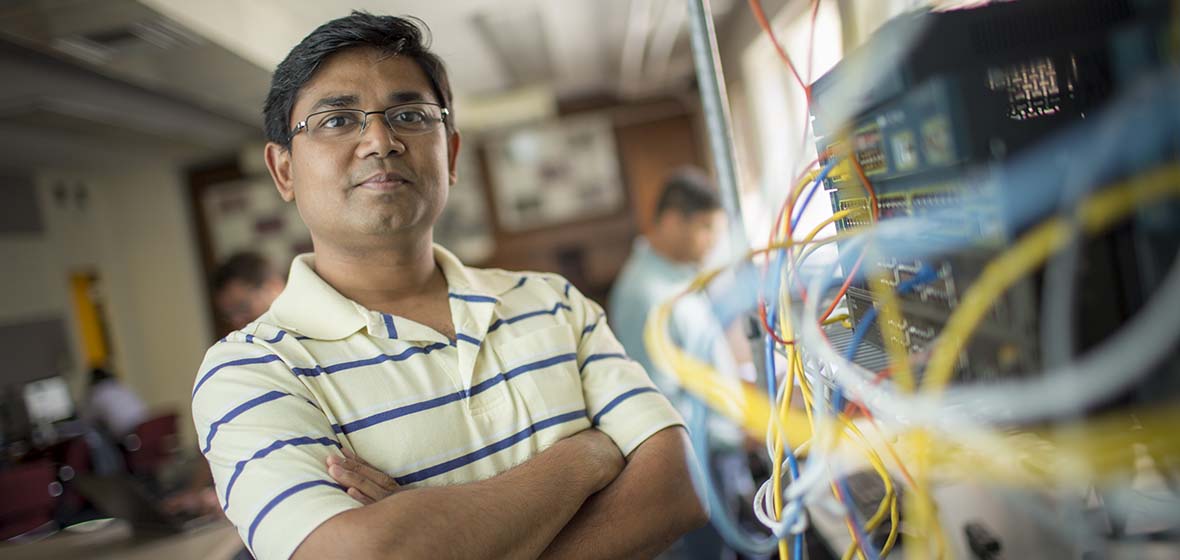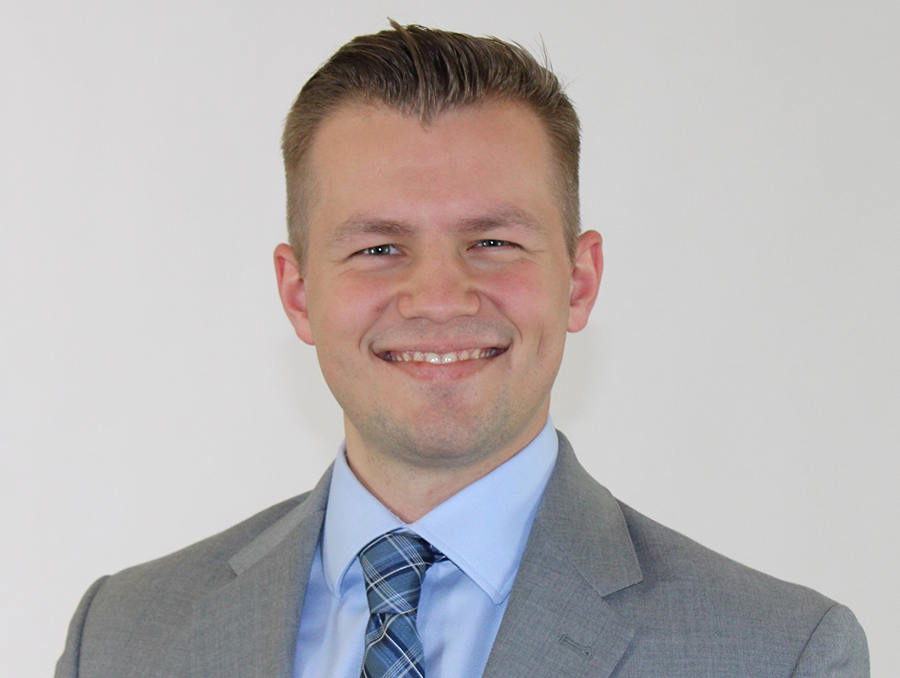As the use of technology continues to grow, two computer science and engineering professors at the University of Nevada, Reno are working to ensure Northern Nevada teachers have the knowledge and resources to help future generations of young Nevadans learn the importance of cybersecurity and it's potential as a career.
Within the Department of Computer Science and Engineering, Associate Professor Shamik Sengupta and Assistant Professor David Feil-Seifer have finished up their second year running the Cyber Security Initiative for Nevada Teachers. The initiative seeks to train Northern Nevada teachers in broadly defined areas of research in cybersecurity in order to help them create curriculum integration plans for their own middle and high school classrooms.
"Long term, we want to build an academic and digital community between teachers, researchers and students who are all aware of cybersecurity and how to understand it best," Sengupta explained. "For the short term, right now we want to give teachers research experience in the field of cybersecurity so they may understand it better, and help their students understand what can be done using computers."
This National Science Foundation-funded program runs six weeks, giving middle and high school teachers STEM research training in one of four topics based on their interest and general knowledge: robotics/unmanned autonomous systems, biometrics and hardware systems, wireless communication systems, and digital forensics.
All 10 teachers who were a part of this year's program presented their final curriculum integration plan on Friday, July 28th. The presentations ranged from face and fingerprint recognition programs by Amee Lombardi of Damonte Ranch High School and Fabian Avalos of Hug High School, to robotics and unmanned aerial vehicle communication systems by Terin Kirk of O'Brien STEM Academy and Joel Hurley of Edward C. Reed High School. Each group spoke about the research they had done over the six weeks and summarized the teaching module they will be implementing in their classrooms, including a quick interactive example of their lessons.
"I feel it's rather important to show students how to relate cybersecurity to their own lives," said Keith Rand, a teacher at Shaw Middle School who will be teaching a STEM lab module on network communication this coming year. "Privacy, secrecy and security are what we all care about, and especially at the middle school age, so hopefully we can really get them caring about it in relation to their computers and handheld devices."
Rand plans to allow his students to work together to build their own network and test it so they can begin to see it working with programs like Command Prompt and Nmap, before discovering its insecurities and learning how to make it more secure using their router and encryption methods.
Not each part of every lesson is specifically hands-on. Much of the cybersecurity initiative research, and the curriculum the teachers are planning, revolve around discussing the philosophical questions and choices of morality that are intrinsic to cybersecurity and the use of technology in general.
"The JROTC program is a citizenship program, so cyber citizenship is something I try to specifically focus on," said Daniel Ingram, who will be introducing his JROTC students to ideas behind cyber citizenry and metadata this coming year at Carson High School. "It's very important that my students take the good morals and positive citizenship behavior that they have in face-to-face interactions and carry that over into how they behave themselves in the cyber world."
The classroom is where Sengupta and Feil-Seifer hope the cybersecurity initiative can have the biggest effect. Each teacher who participates receives a stipend of $8,000, with an additional $2,000 to be used for development of learning modules in their classrooms.
"We want students to be aware of cybersecurity issues before they reach the university level or the industrial level, and to teach them that when they're on their computers there is a digital footprint they're leaving that is going to stay," Sengupta said.
The program's funding runs through August 2018. Both Sengupta and Feil-Seifer have begun working on next summer's prospects and course plans as well as starting the process to further fund the institute through the National Science Foundation for another three years.












